Tableware Designed with Love
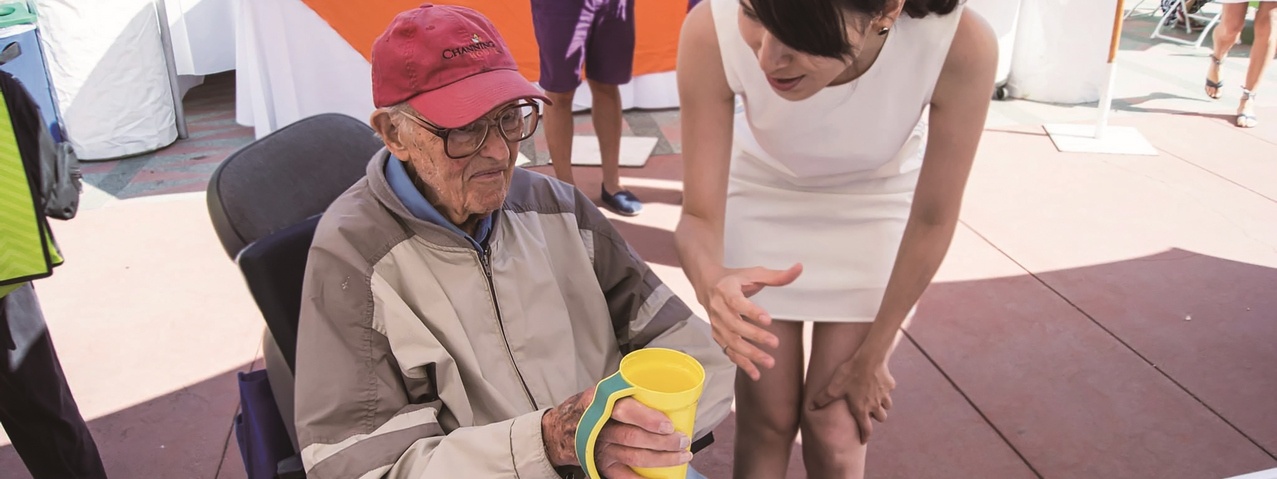

|
Text by Steve Jarvis|Photographs by Eatwell Eating is such a fundamental and enjoyable part of being human. However, for those dealing with age-related conditions such as Alzheimer's or Parkinson’s disease the simple task of feeding oneself is far from straightforward. Struggling at mealtime not only endangers ones’ health, but just as importantly, it comes with a sense of helplessness and embarrassment that causes additional emotional suffering and puts stress on relationships. Meal times are supposed to be a time of sharing and joy, but for people with impaired cognitive function it is all too often a time of stress and isolation. One solution to easing this burden has been created by a Taiwanese designer Sha Yao, who created Eatwell, an assistive tableware set that alleviates the physical and emotional burden of getting adequate nutrition. Eatwell Assistive Tableware is a universal design that can be used by anyone, but its brightly coloured and attractive tableware has been specifically designed for seniors with cognitive impairment, as well as for small children and caregivers of those with special needs. Yao’s journey to creating a multi-award winning set of eating tableware started with her taking on the role of caregiver to her grandmother who was suffering from dementia. "It was heartbreaking, and I felt so helpless watching her suffer," Yao said. "She had always been very sharp and full of life." Unable to physically be there as a caregiver when Yao left Taiwan for graduate school in the United States, she resolved to help her grandmother in a different way. "I decided to focus on helping her eat, because it was an activity she would do a few times a day, every day, and it was critical to her health," Yao said. To better understand the disease and what she could do to help, Yao volunteered in adult daycare centers. “From exploring the daily activities through observation and talking with caregivers, I found that daily activities related to the everyday lives of people with Alzheimer's can be frustrating for their caregivers. I discovered that eating was one of the most challenging daily activities. It’s very easy for the family members or caregivers of a person with dementia to get frustrated or feel helpless when that person loses interest or refuses to eat, and their health deteriorates or condition worsens from a lack of nutrition.” Through personal experience and wider research into cognitive impairments, Yao came up with a set of goals for the project: to increase food intake, maintain dignity for users, and alleviate the burden on care givers by making the process of eating as easy as possible. Yao devoted over 4 years of research and development for the tableware, experimenting with materials and generating many iterations of design, sketches, mock-ups and revisions. The result was the Eatwell Assistive Tableware set, a seven-piece tableware set with 20 unique features specifically designed to meet the needs of those with physical, motor, and cognitive impairments. From research she learnt that bright colours assisted people with cognitive conditions to maintain focus on the food and beverages, and also helped to contrast the food from the plate making the food easier to identify. For people with compromised motor skills, such as those with Parkinson’s disease, standard tableware does not allow them to easily scoop up the food, and handles for utensils and cups were often ill suited to people with lesser coordination. Her solution was to make the bowls with a gradient on one side so the food would collect, and incorporated right angled walls so the food was easier to scoop onto a spoon. Unsteady hands also meant that a significant amount of food was wasted, either falling off the utensil or pushed over the edge of a bowl, and drinks were commonly spilled or tipped over. |
Challenges were overcome with easy grip utensils, non-slip bases for plates, bowls and cups, and a mug handle that goes all the way to the bottom to ease grip. As a finishing touch, the Eatwell ensemble comes with a tray which includes holes to fasten a napkin and help protect the eater from spilling food on their clothes or on the floor. Reaching a point where she was happy with the design of the tableware set was only part of the journey, as bringing the product to market posed another set of challenges. Negotiating with manufacturers, government agencies and customs brokers to ease the export of Eatwell all presented fresh challenges. To ease the path through government agency approval, Yao used food grade materials that were proven safe, and engaged a leading testing agency to confirm product safety. Further time was spent researching the conditions required to export the set, something complicated by every country and region having different standards that needed to be met. These steps not only require effort, but also funds to support the development. With the help of her partner, Yao started a crowd funding campaign on Indiegogo, which met its funding threshold and ensured the product could take the next step into scaled production. Savvy crowd funders were not the only people impressed with Yao’s design, as a pre-production version of set won first place at the 2014 Stanford Design Challenge from a field of 52 teams from 15 countries. By the end of 2015 Eatwell Assisted Tableware was on the market and was gaining attention, even Challenges were overcome with easy grip utensils, non-slip bases for plates, bowls and cups, and a mug handle that goes all the way to the bottom to ease grip. As a finishing touch, the Eatwell ensemble comes with a tray which includes holes to fasten a napkin and help protect the eater from spilling food on their clothes or on the floor. Reaching a point where she was happy with the design of the tableware set was only part of the journey, as bringing making Time Magazine’s 2016 list for the "20 best inventions of the year." While acknowledgements and product success have been pleasing for Yao, her motivation lies on a deeper level. "Raising awareness and addressing the needs of people with impairments will allow them to maintain their dignity, retain as much independence as possible, and reduce the burden on their caretakers." While her grandmother passed before she could show her the design she had inspired, she takes comfort that it will help others suffering similar conditions. |
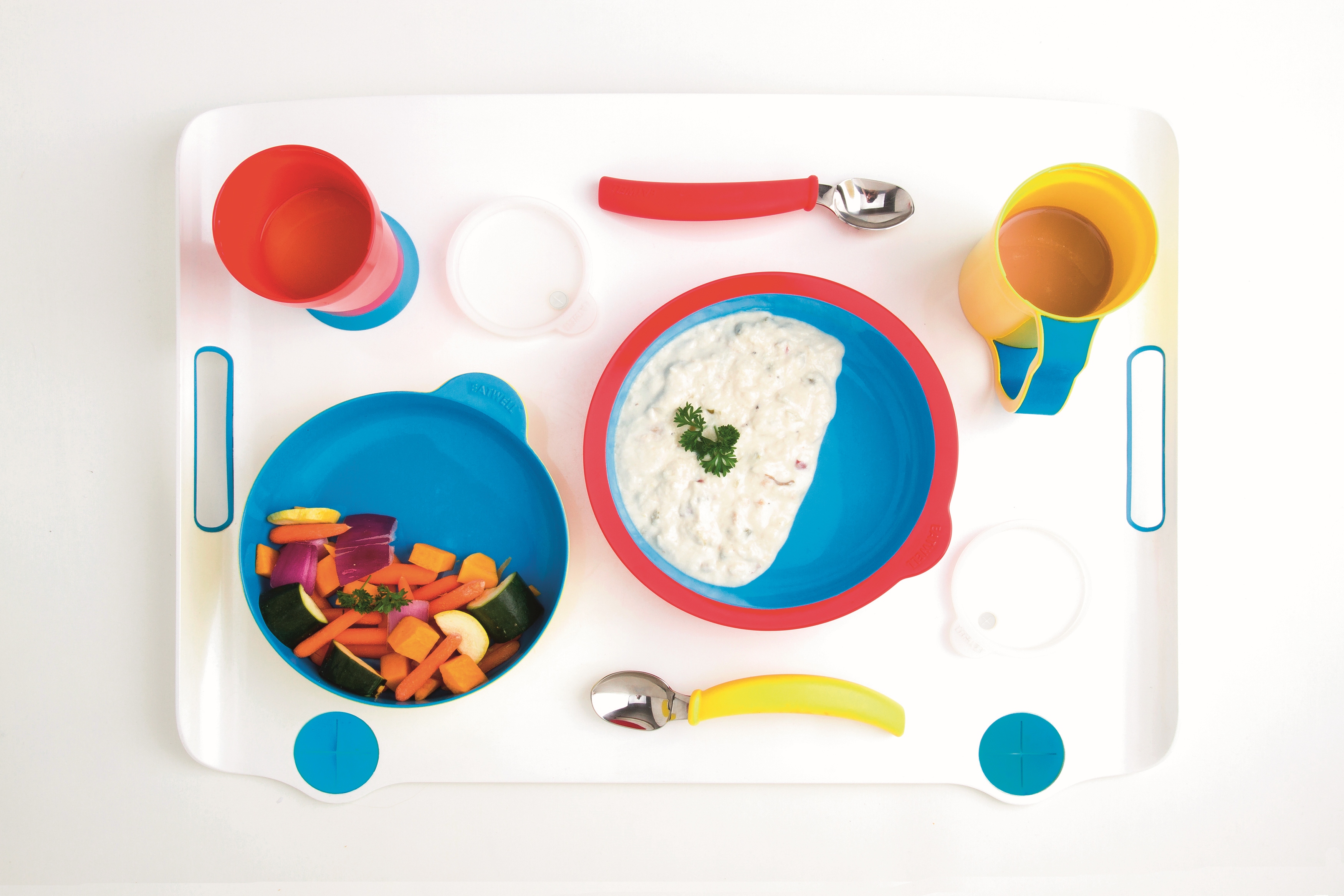
|
Others

Latest News | 1 December 2020
Music Therapy Tea House

Latest News | 1 December 2020
Human Light

Latest News | 1 December 2020
Reasy
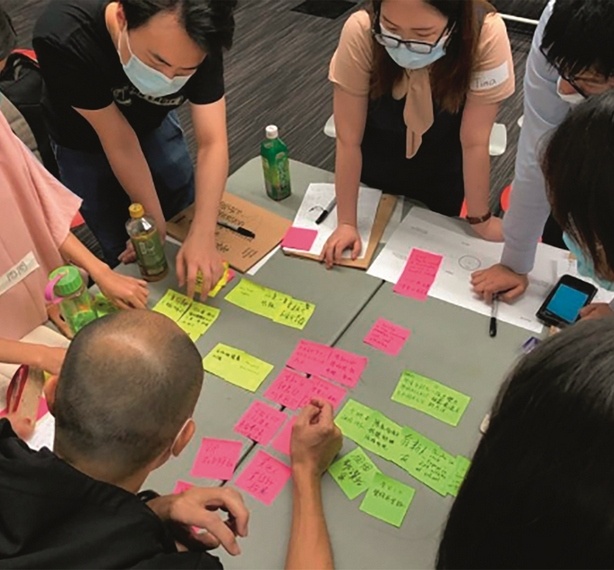
Latest News | 1 December 2020
Design Thinking PMQ

Latest News | 1 December 2020
New Generation, New Force

Latest News | 1 December 2020
Designing for basic Human Needs
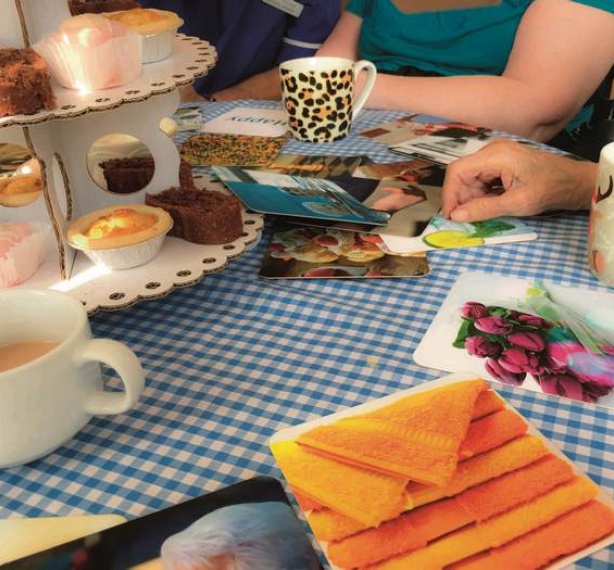
Latest News | 1 December 2020
Sharing about Death Gives Meaning to Life
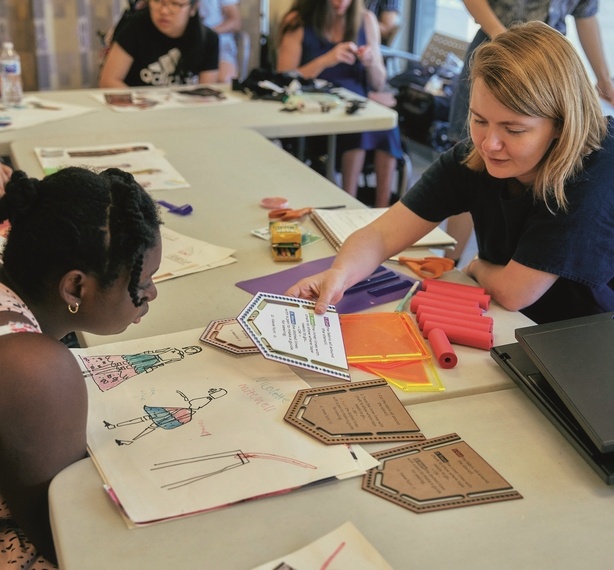
Latest News | 1 December 2020
Functional Fashion is a Bridge to Society
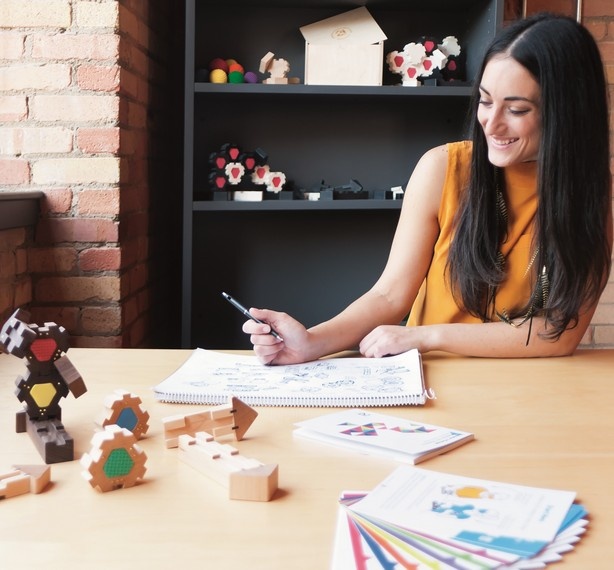
Latest News | 1 December 2020
A Toy for the Twenty-first Century
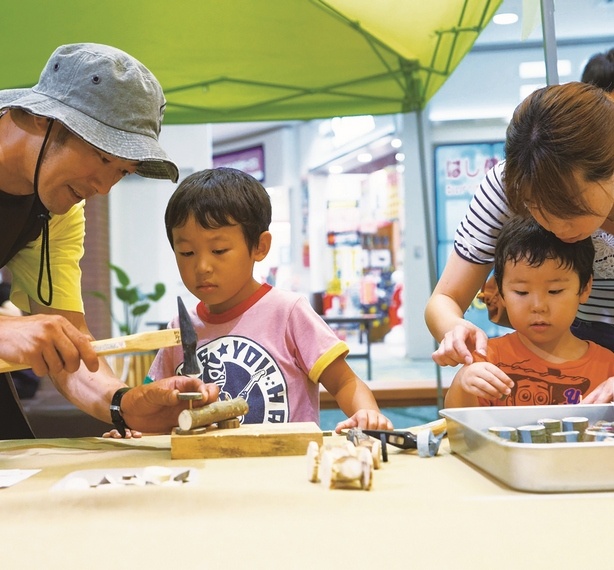
Latest News | 1 December 2020
Value-based Design as a path to Action
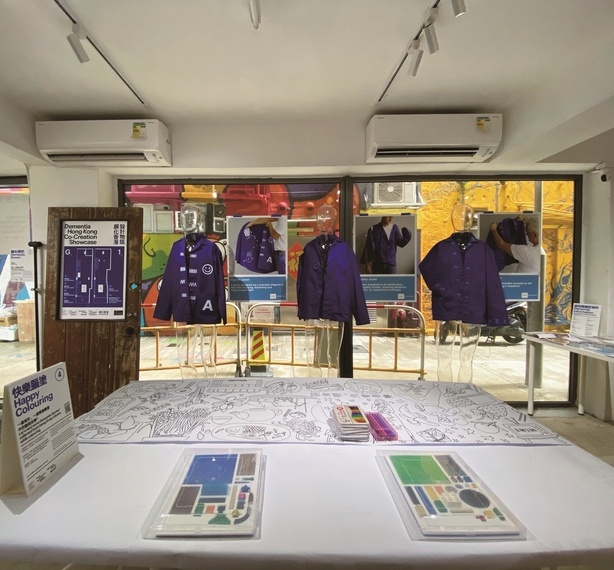
Latest News | 1 December 2020
Design by People for People

Latest News | 1 December 2020
Stories to Drive Change
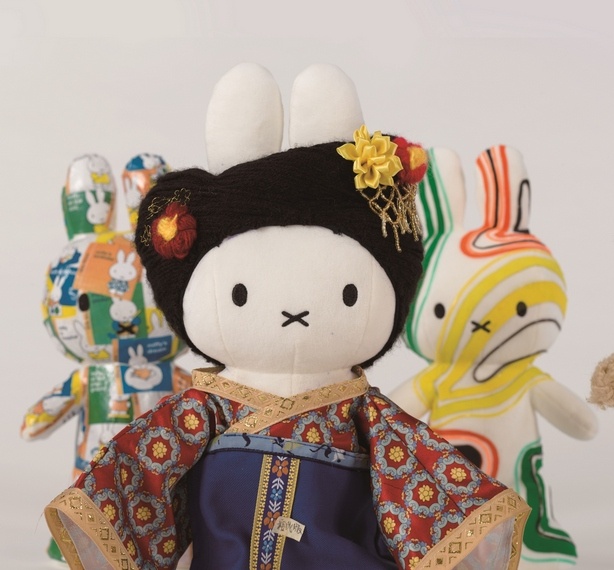
Latest News | 1 December 2020
Miffy
Latest News | 1 December 2020
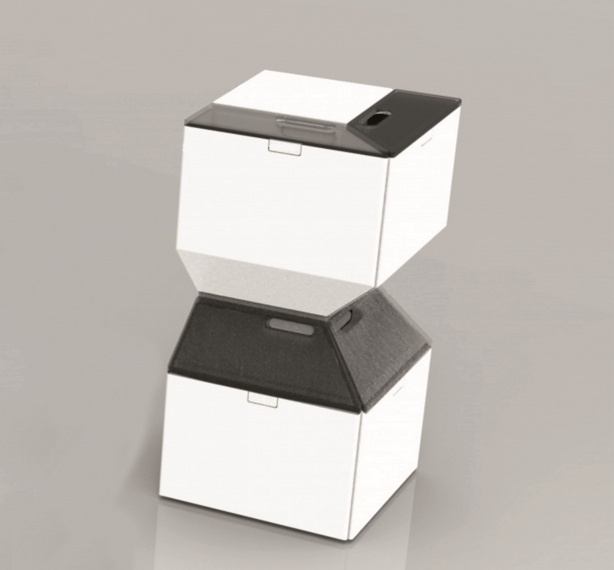
Latest News | 1 December 2020
